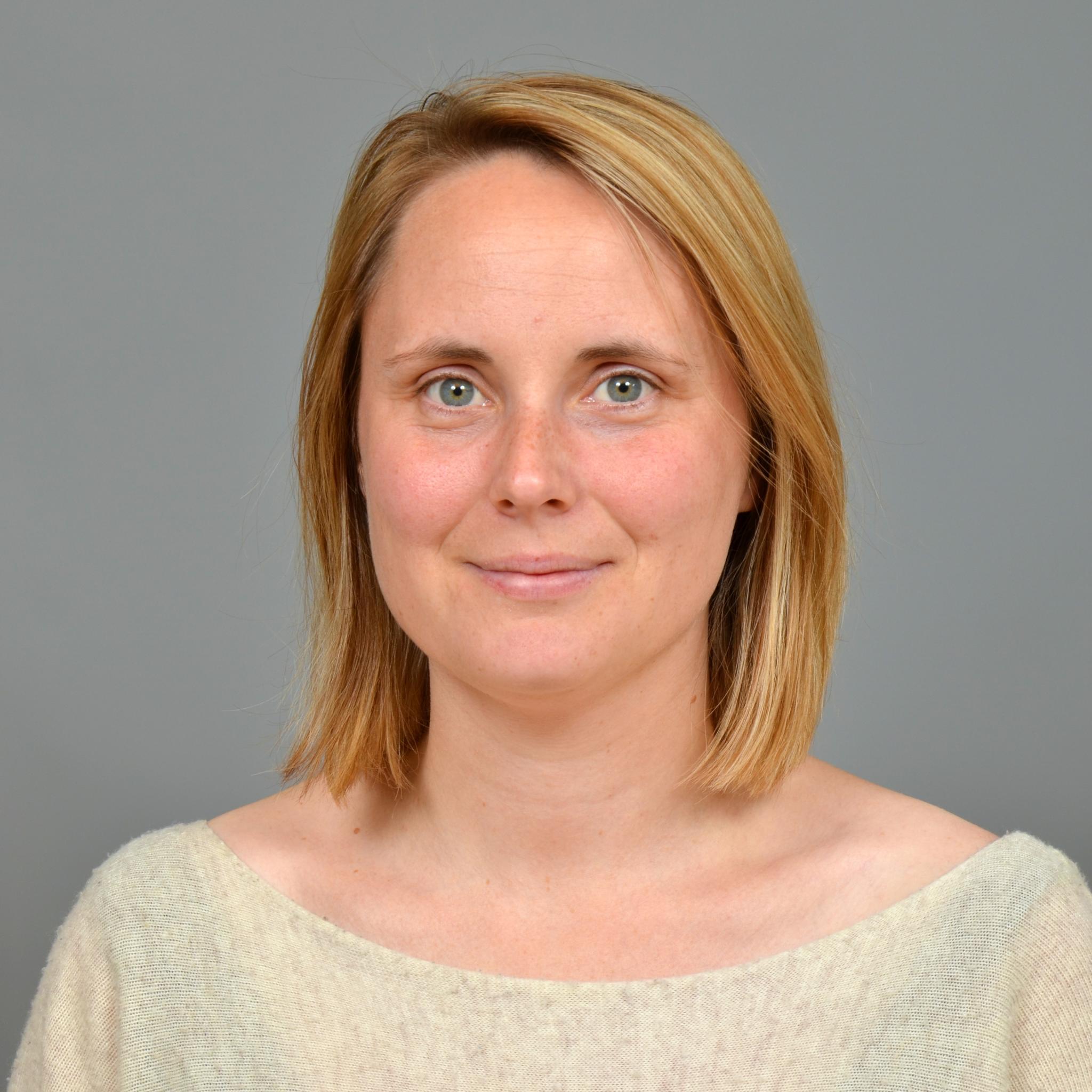Dr Nicole Bale
Head of Analytical Laboratory

Tremendous progress has been made in the recent decades in the genetic characterization of microorganisms. However, our knowledge of their membrane lipids, essential building blocks of the cell, has only marginally improved. This is remarkable since there exists a dichotomy in the distribution of lipids between the three Domains of Life. Bacteria and eukaryotes (like ourselves) produce other types of lipids then archaea. This ‘lipid divide’ is enigmatic since it has become clear that eukaryotes evolved from the archaea. With novel analytical methodology, we can reveal a large hidden diversity in microbial lipid composition that may resolve this fundamental question.
Contact details
+31222369525Opens in a new tabnicole.bale@nioz.nl
Opens in a new tabNIOZ location Texel
Department
Research interests and expertise
- Organic Geochemistry
- Marine Biogeochemistry
- Intact polar lipids
- Liquid Chromatography
- Mass Spectrometry